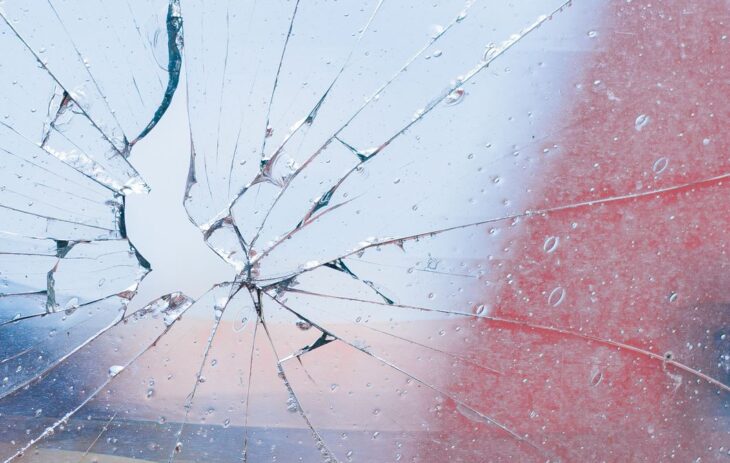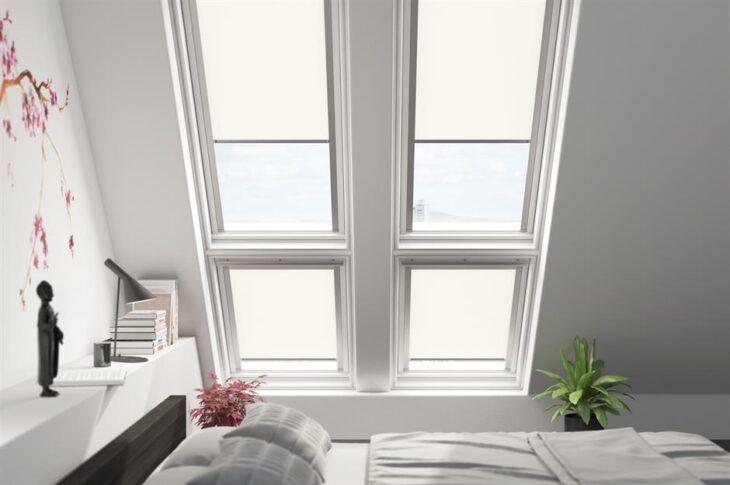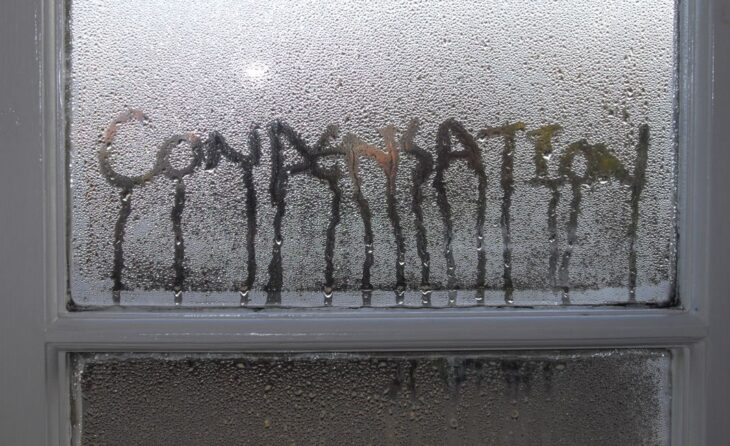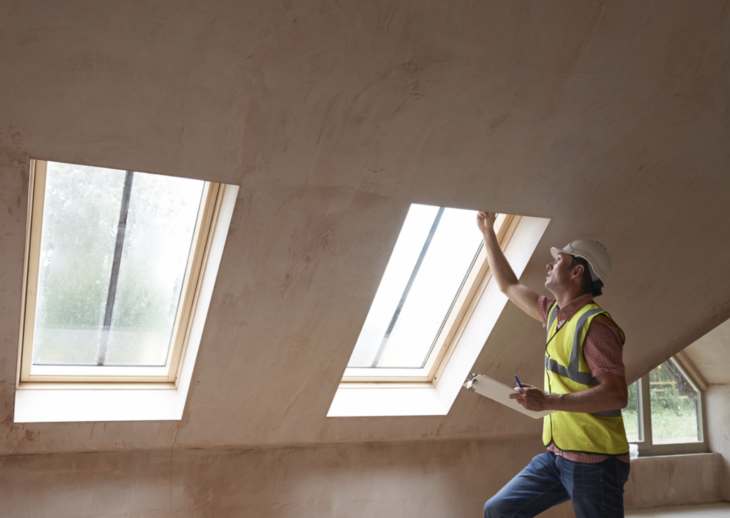Spending time in natural light is a privilege not everybody enjoys nowadays, especially if you consider how important space utilization is and how it influences the schedule in different environments. Thus, if you have the opportunity to operate under the lighting coming straight from the outside, consider yourself lucky! Not solely that skylights potentiate quality atmosphere for the eyes, but they can also look amazingly good and enhance the general appearance of the interior.
Unfortunately, skylights are not indestructible, so they need to be replaced with new windows once they become time-worn. Surely, regular maintenance can prolong their life significantly, but there are also some warning signs you should not ignore and replace your existing skylight once you notice them. Read the following lines and learn about them!
1. Cracks

Source: commons.wikimedia.org
Even though you might be emotionally attached to your skylight, noticing some cracks in it might be a good sign it needs to go. Namely, there are different types of cracks, but the two most frequently occurring ones affect either the window glass or the frame of roof windows. Reasonably, the least dangerous and the cheapest to fix is the issue related to the glass, since all you need to do is get in touch with a local glass cutter and repair the damage as quickly as possible.
On the other hand, if you notice a crack in the frame of the skylight, things could get a bit trickier to handle. Cracks in the frame will not heal on their own, so you either need to seal them with appropriate material or change the skylight entirely. Even though patches are more of a temporary solution than a replacement, they can prolong the life span of a skylight a lot, especially if you act as soon as you notice something is wrong.
2. Leakage

Source: google.com
Nobody loves leakages, and if you notice something dripping from your skylight, we might have bad news for you. Namely, leakages might happen for different reasons, but not a single one is harmless. The safest way to determine whether the hard leakage times your skylight is going through are fatal or not is to call the pros and leave them to handle the issue on their own. Otherwise, you might want to check if the water drips through the window glass or through the juncture that merges the window with the rest of the roof.
Surely, you might replace your skylight as a part of your DIY project, considering you have the skills and the tools to successfully undertake the venture, but working on heights might not be the job we would recommend to anyone but trained individuals. At www.saris-extensions.co.uk, you can find all the necessary information for skylight replacement and figure out which models from the current selection might meet your wants and needs most ideally.
3. Stains

Source: loveproperty.com
Stains often do not bode anything nice, and noticing them on the wall around your skylight is not different in any way. Namely, the stains around a roof window might mean only one thing, and that is the fluid that has found its way through the roof into your attic. The chances that your skylight is defective are major but do not fall into despair until you check its surroundings. The glitch might be in the roof itself or in the juncture point, which is the most frequent situation when leakages are in question.
Whether the issue can be treated depends on its complexity. If possible, the restoration of the soft spot where the roof merges the window should do the trick, but if the problem is more severe than investing in a new skylight might be the best option.
4. Condensation

Source: bdcnetwork.com
When condensation or any other natural occurrence is in question, you cannot really do anything to stop it from happening when the particular conditions are met. On the other hand, if you notice condensation staying for too long when the conditions for the occurrence do not seem favorable, you might want to check if everything with your skylight functions well. Namely, when the difference between internal and external temperature is major, it is expected for condensation to show on your roof windows, but if this occurrence happens frequently, you might want to check the permeability of the window.
Although a sealed window should pass some amount of air through, a great exchange of energy between the outside and the inside is not optimal and could hint that something is wrong with your skylight. Thus, if you notice condensation stays for too long or that it forms too often, inspect your roof window and establish whether you can fix the issue on your own or you should call for professional assistance.
5. Mold

Source: roofingmagazine.com
Mold formations are one of the definite signs that the area is humid, and you do not want your skylight to rest in that type of surroundings. Not solely because mold can further deteriorate the skylight, but also because the mold itself suggests that something with your roof window is not right. Do bear in mind that removing the mold will not change anything, since you should treat the source of the problem, not the symptom. Thus, investigating what is going on both on the external and the internal part of the skylight is what we advise you do as soon as you notice something is wrong. A close view might be all it takes to establish whether the skylight is ready for retirement or it could serve you a few more years with particular alterations.
We certainly hope that the aforementioned pieces of suggestions and insights will be enough for you to decide whether your skylight is in good shape, or it needs to be replaced. Even though investing in a new skylight might be costly, do bear in mind that a faulty one might cause you more damage if you do not fix potential issues in time. Thus, make sure you inspect it well and consult a professional service before making any hasty decisions and remember that you are amongst the privileged ones who get to enjoy spending their time illuminated by natural light.
